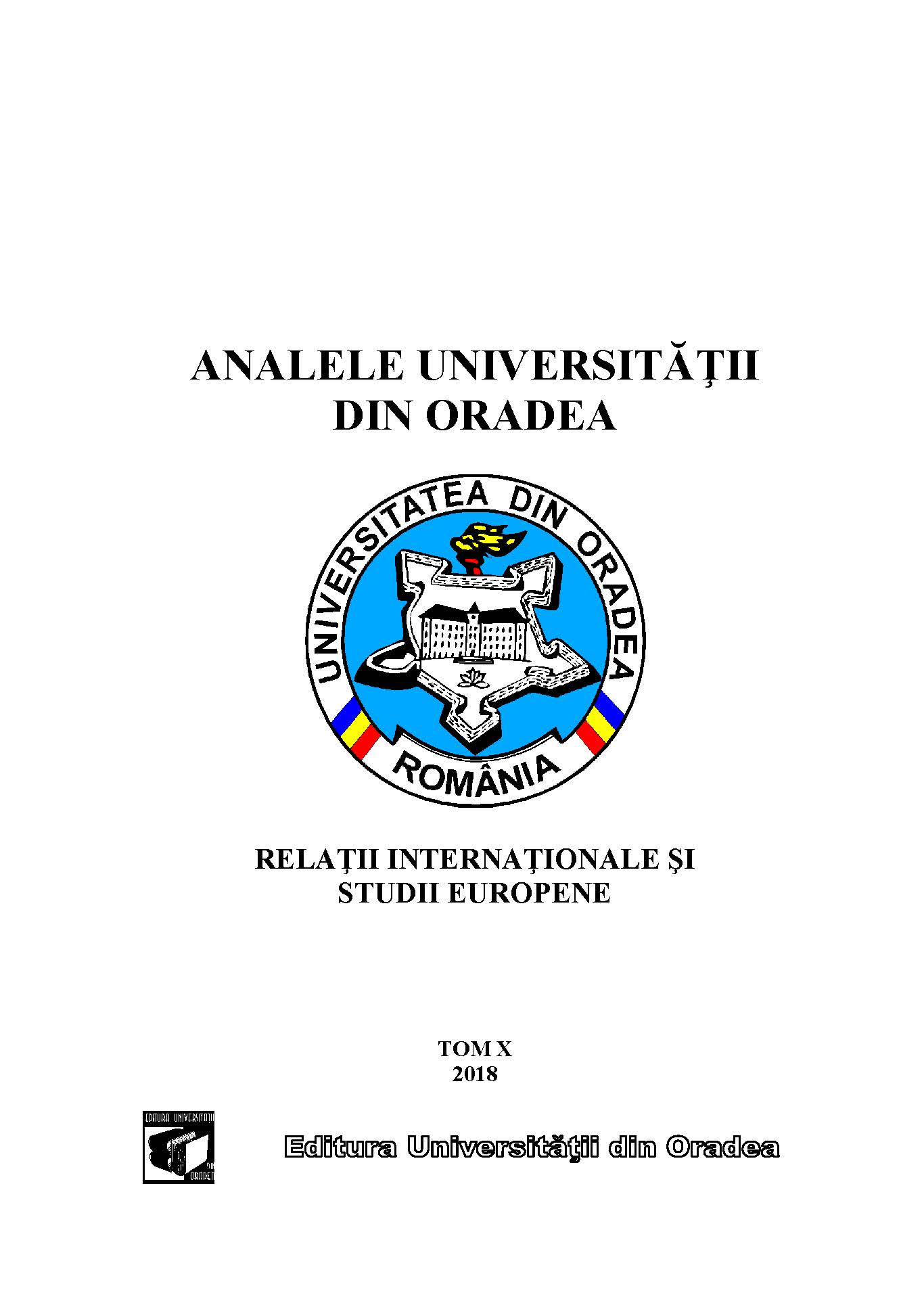MINORITY LANGUAGES IN EUROPE. SIGN LANGUAGE,
FROM EUROPEAN REGULATIONS TO NATIONAL
DECISIONS
MINORITY LANGUAGES IN EUROPE. SIGN LANGUAGE,
FROM EUROPEAN REGULATIONS TO NATIONAL
DECISIONS
Author(s): Mariana BudaSubject(s): Politics / Political Sciences, Politics and Identity
Published by: Editura Universitatii din Oradea
Keywords: minority language; sign language; European regulations; national decisions;
Summary/Abstract: Sign languages are an important part of Europe’s multilingual diversity. They are visual languages, expressed through the placement and movement of the hands, facial expressions or body movements, all of these actions representing important steps in forwarding information. This is the language used by about 71 million adults, aged between 18 to 80 years,in Europe and more than 55 million citizens of the European Union as a mother tongue. They constitute a linguistic minority of the Member States and their language is often recognized in the Constitutions of the States accordingly. However, not all the countries in the European Union have already implemented legal decisions about this minority language, even if the European Charter for Regional or Minority Languages was signed. Thus, this article tries to look over the most important European documentation and national decisions regarding the sign language and to give an objective answer to the question: should the sign language be recognized by every country in the European Union as a minority language?
Journal: Analele Universităţii din Oradea. Relaţii Internationale şi Studii Europene (RISE)
- Issue Year: 2018
- Issue No: 10
- Page Range: 131-139
- Page Count: 9
- Language: English
- Content File-PDF

